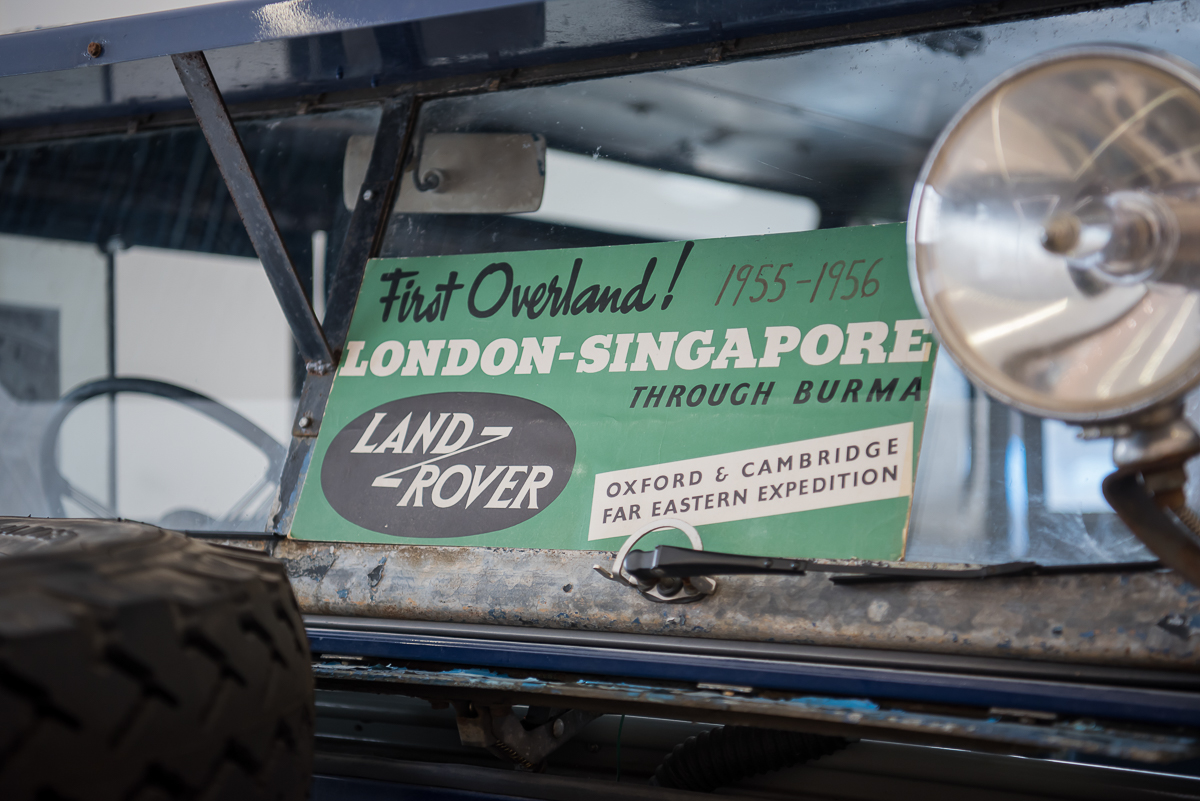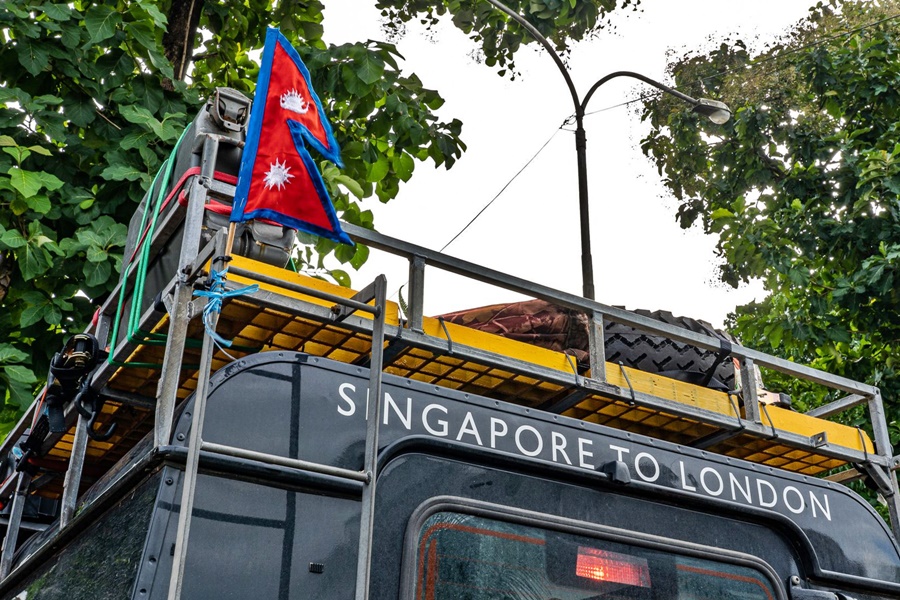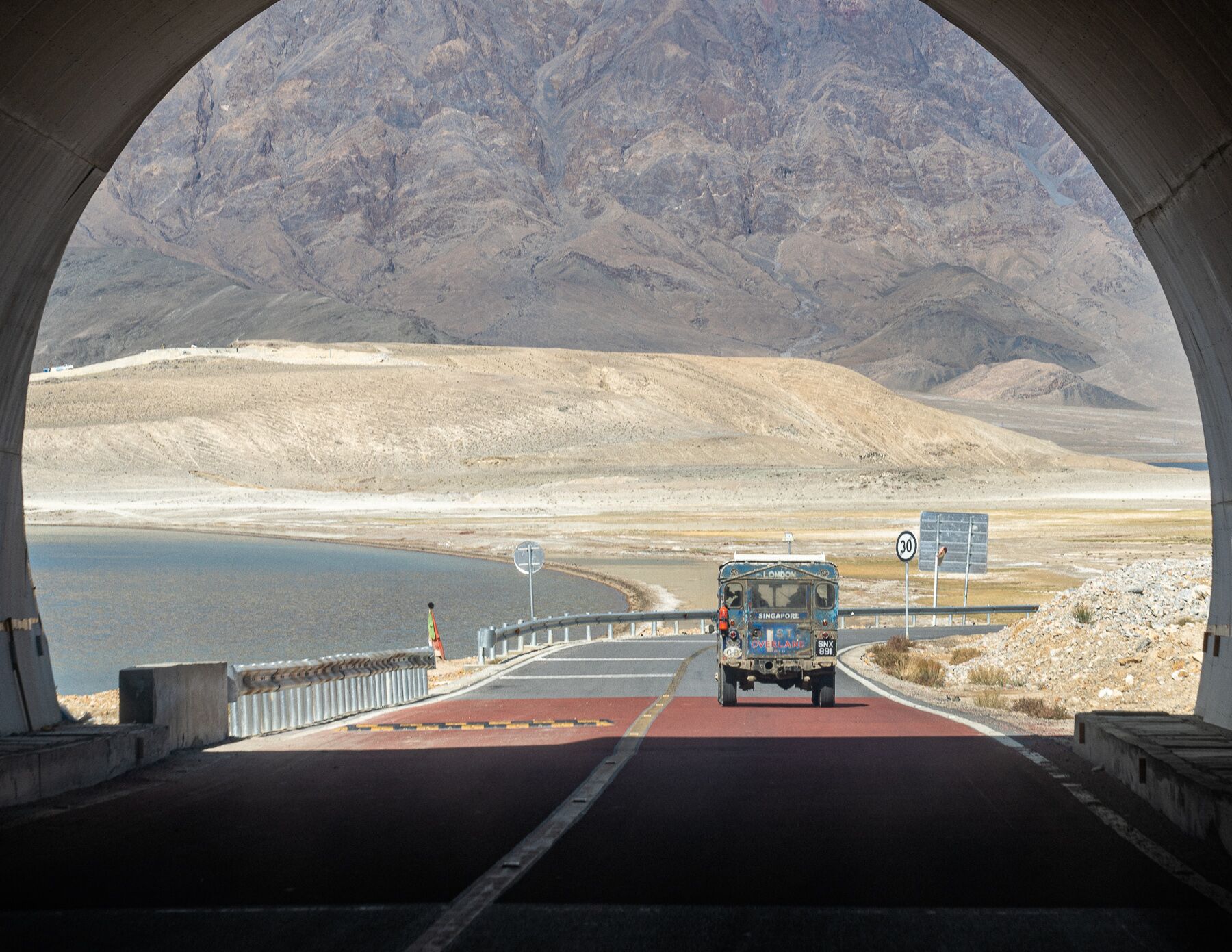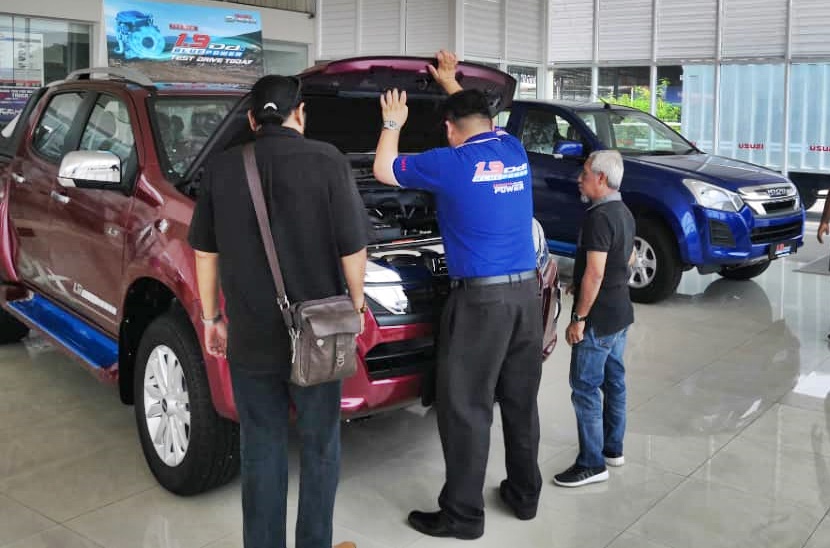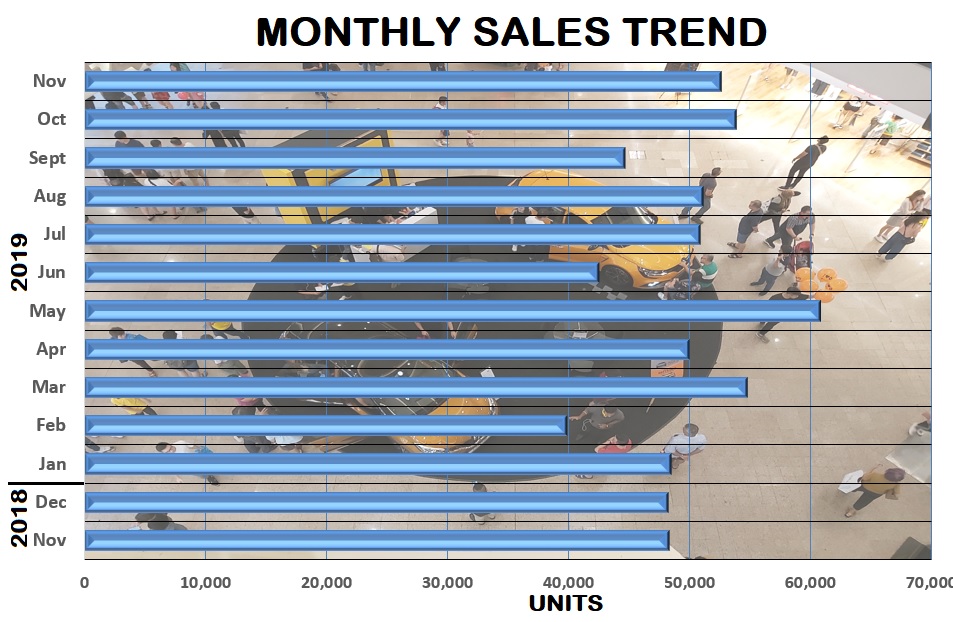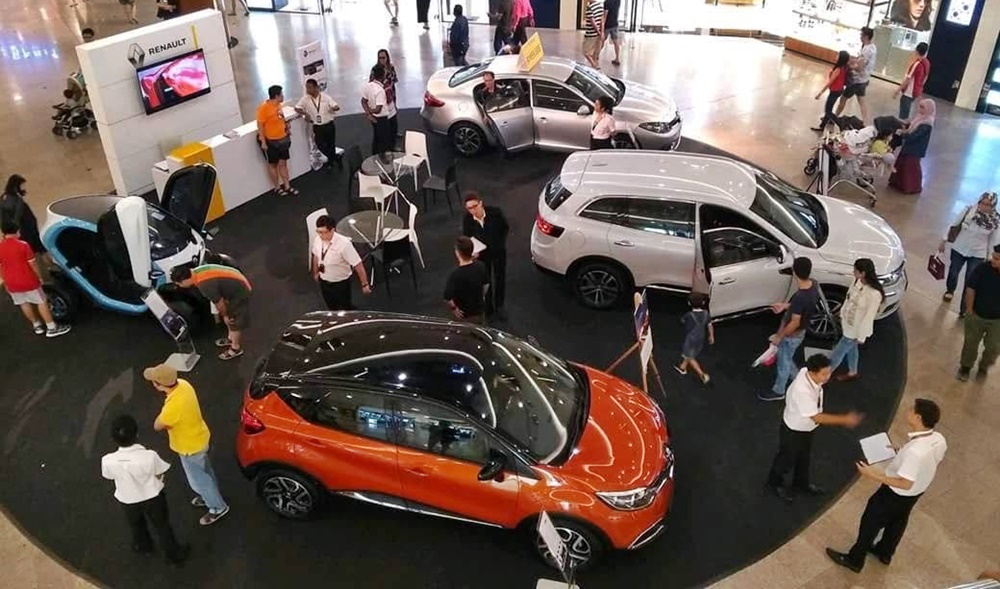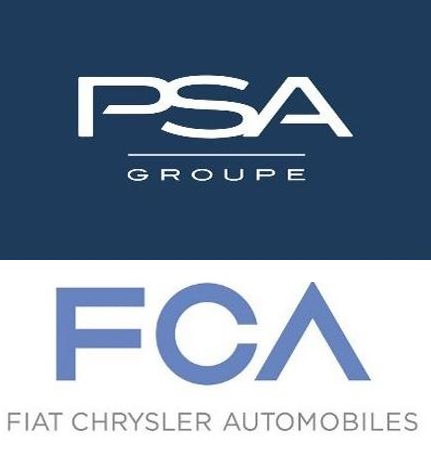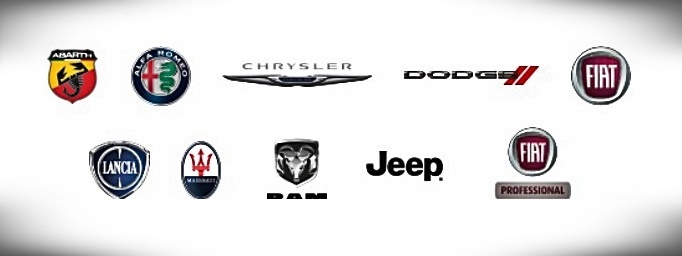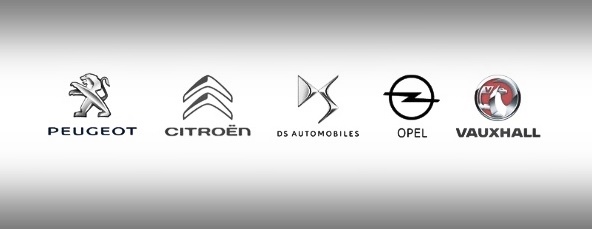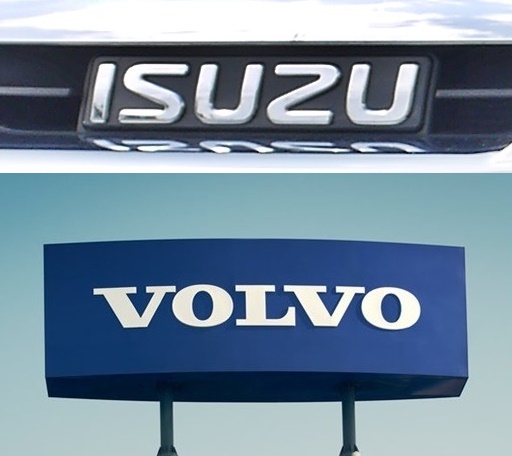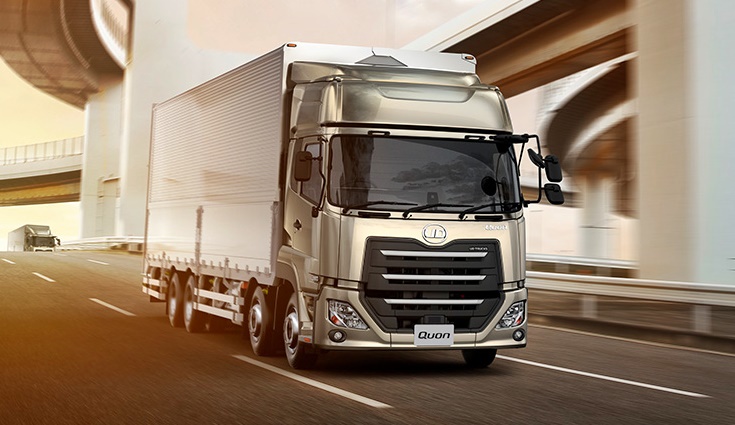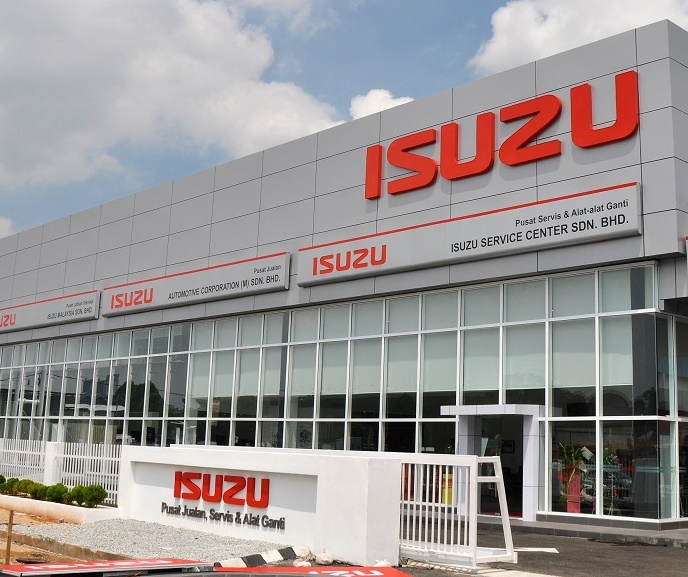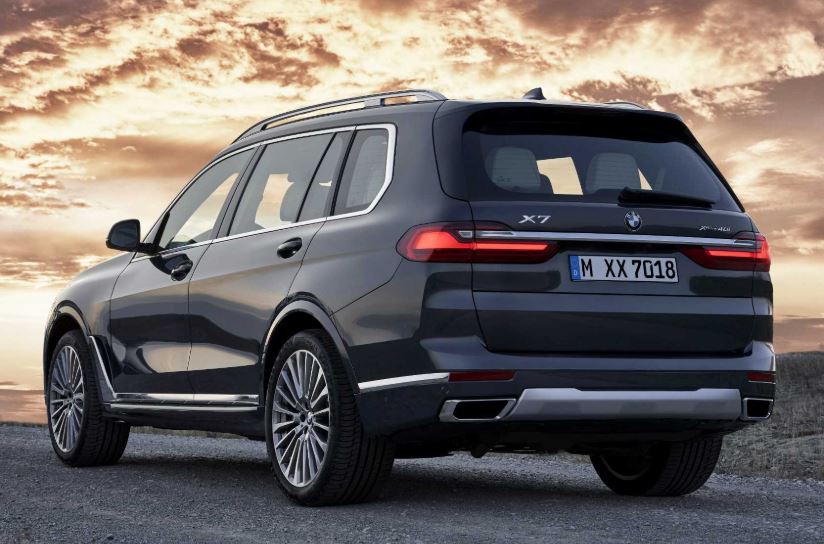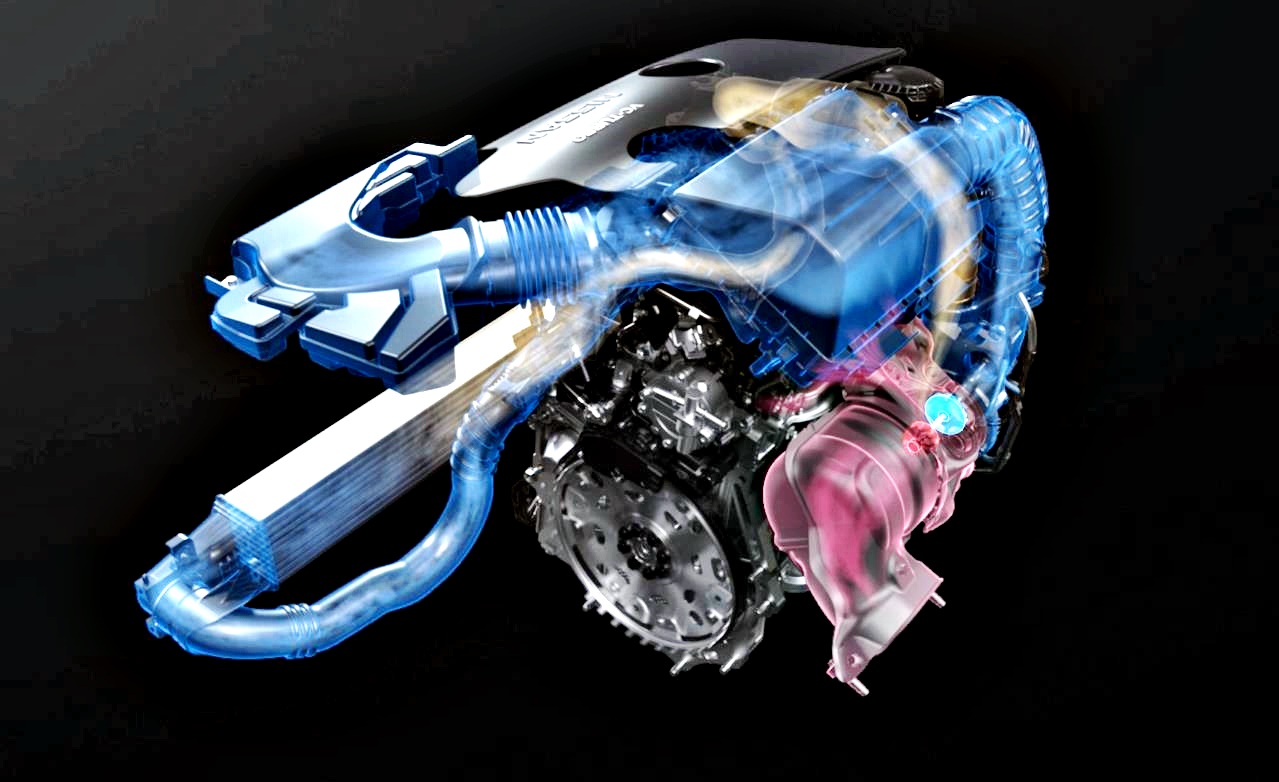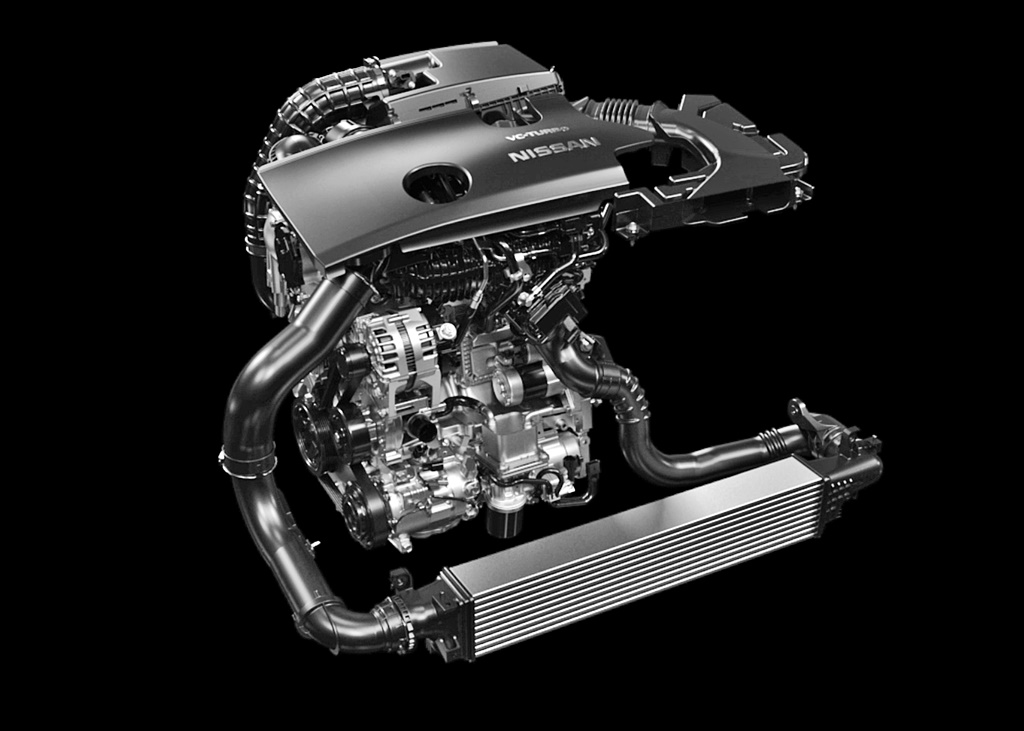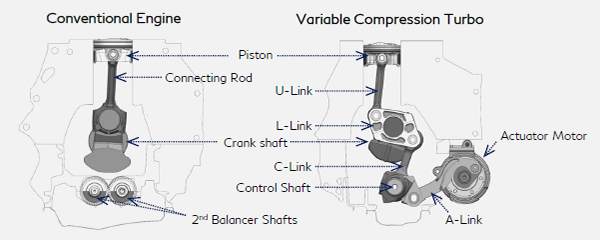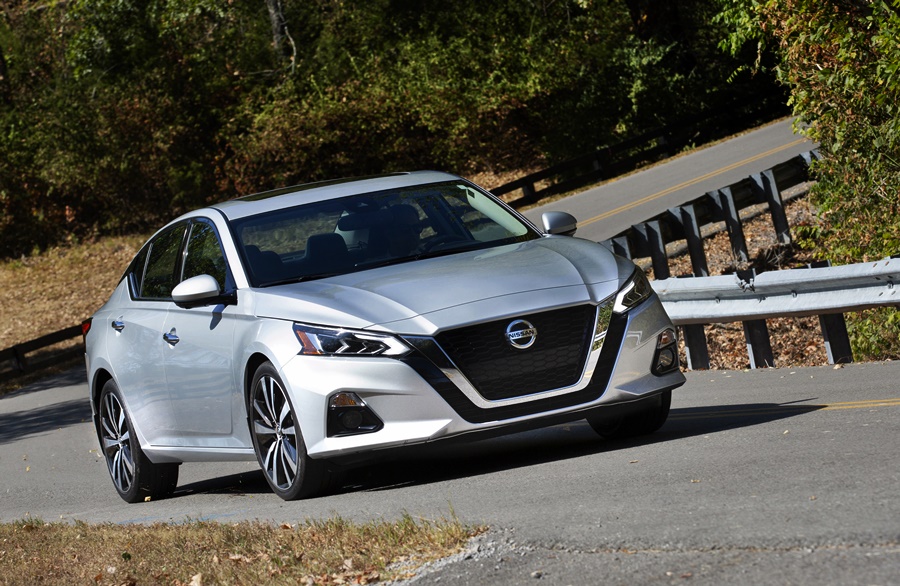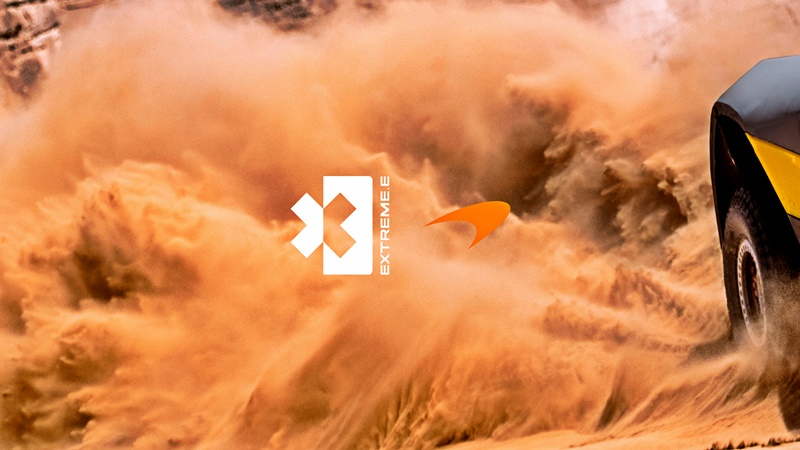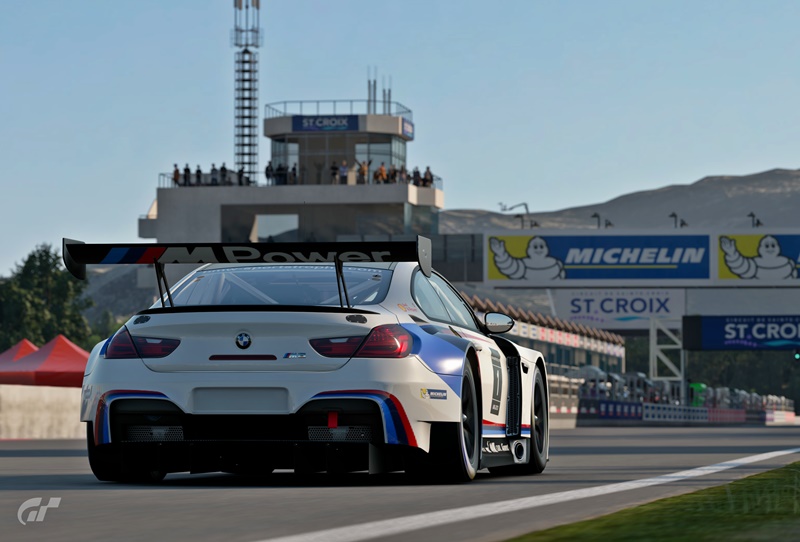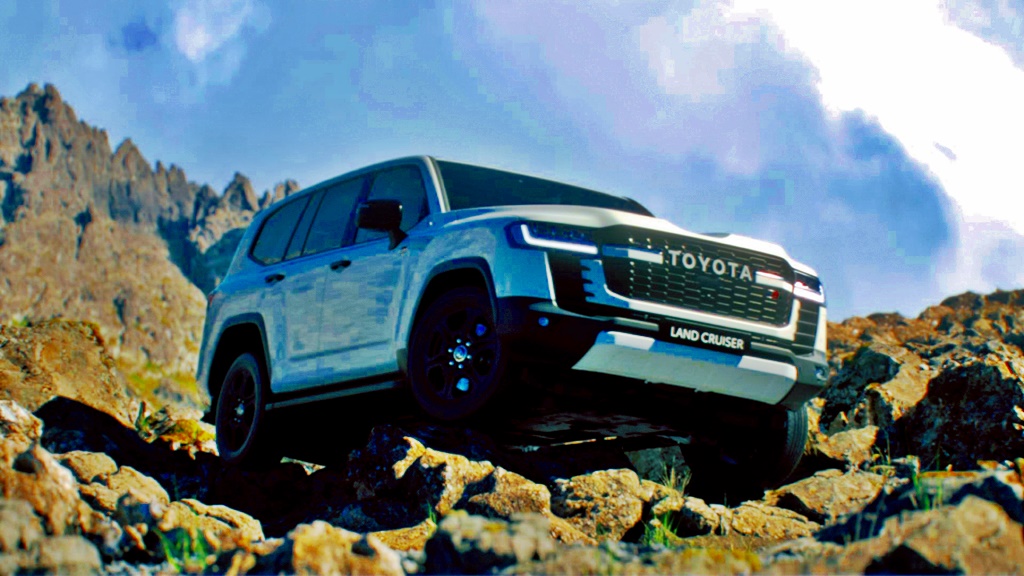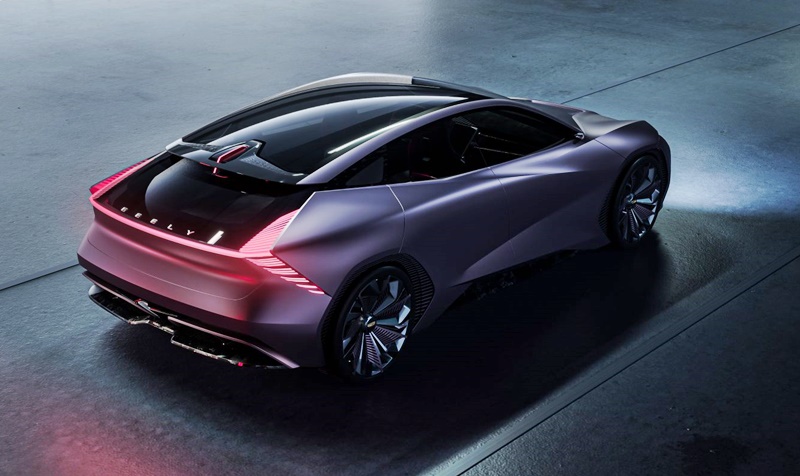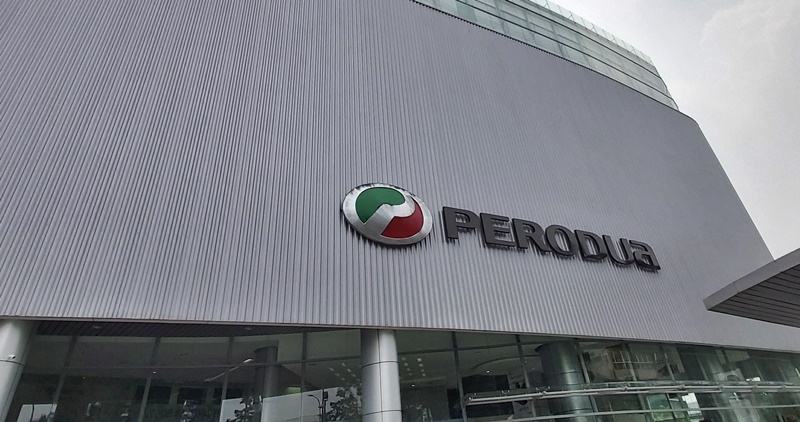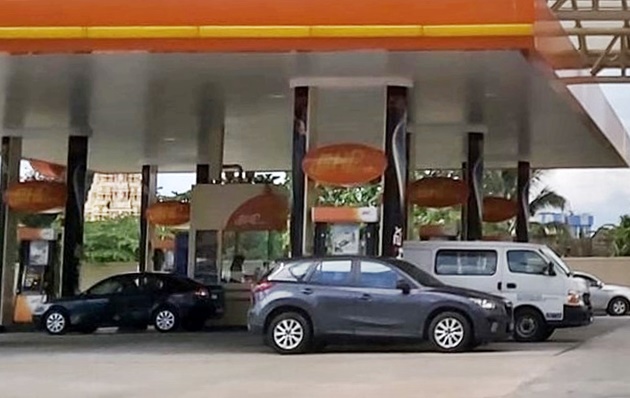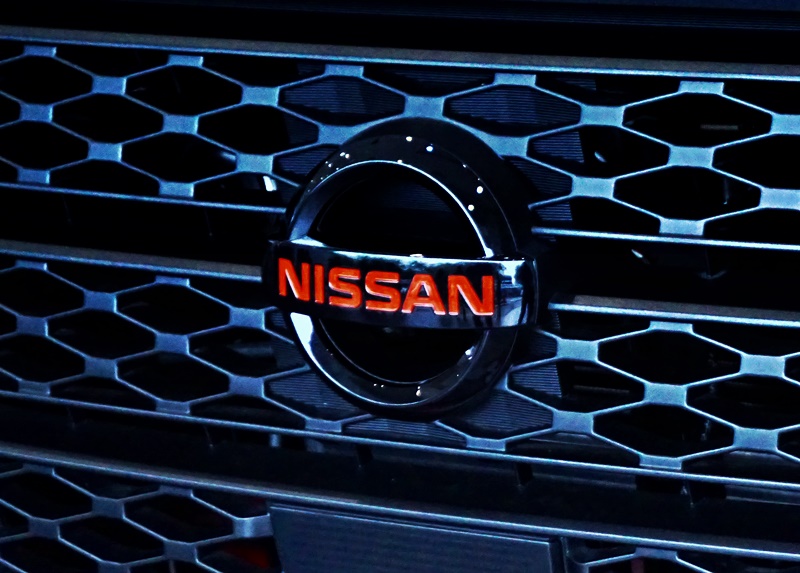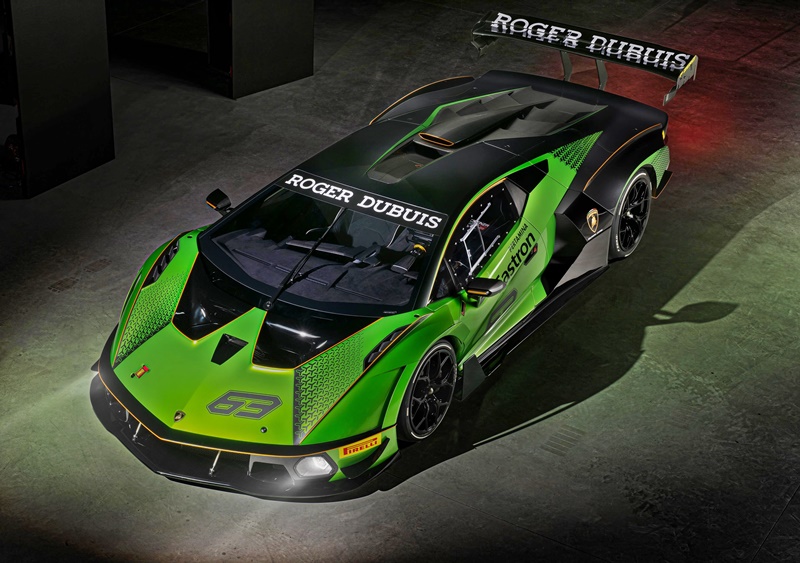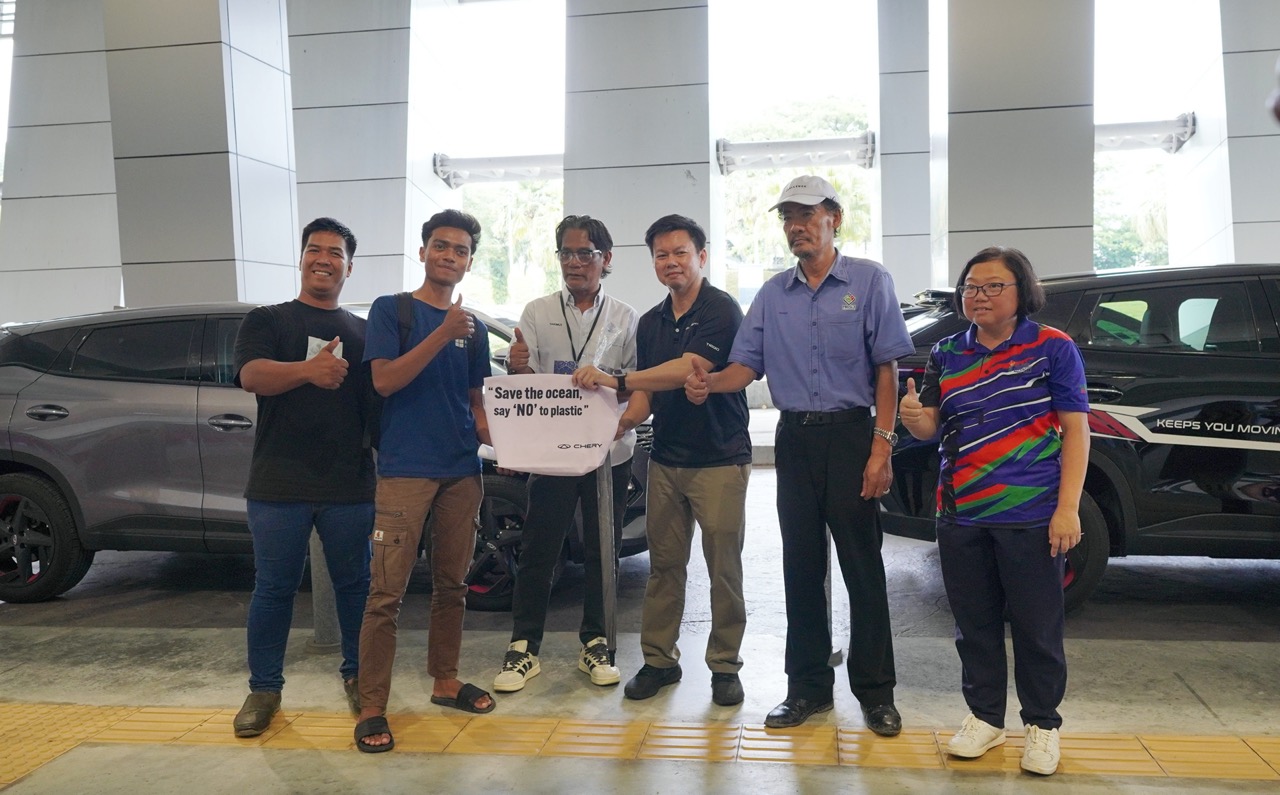Remember our report about ‘The Last Overland’, a journey by a team reversing the famous 1955 Oxford & Cambridge Far Eastern Expedition between Singapore and London? The expedition – The First Overland – made history in 1955 by being the first-ever to drive from London to Singapore. That young team inspired generations of adventurers through their extraordinary endeavour, showing many remote corners of the world on film for the first time.
Two Land Rover stationwagons had been loaned for the expedition, and they were named ‘Oxford’ and ‘Cambridge’. Cambridge was lost after the expedition, but Oxford somehow ended up on the remote island of Saint Helena in the middle of the Atlantic Ocean. It was just left there rusting until a Yorkshireman – Adam Bennett – spotted it in 2017 and realized its historic value. He recovered the 4×4 vehicle, refurbished it and brought back to life in the UK. It passed its MOT (vehicle inspection) at the first attempt, and its original SNX891 registration could be used again on the vehicle.
The toughness of Land Rovers has now been further demonstrated by the fact that Oxford was used by a team this year to recreate The First Overland – but in reverse. It was shipped to Singapore and then travelled through some of the densest jungles, highest mountains and most arid deserts on the planet, bringing the vehicle from Singapore to London.
114 days and some 16,000 kms after setting off from Singapore, the expedition team and Oxford were met at the finish line – just steps from the original expedition finish line in 1956 – by a New Defender 110 with specially commissioned Oxford & Cambridge Expedition livery. The special livery was commissioned in the original Oxford Blue & Cambridge Blue, alongside Oxford & Cambridge Expedition lettering on the door – both being features of previous expedition vehicles.
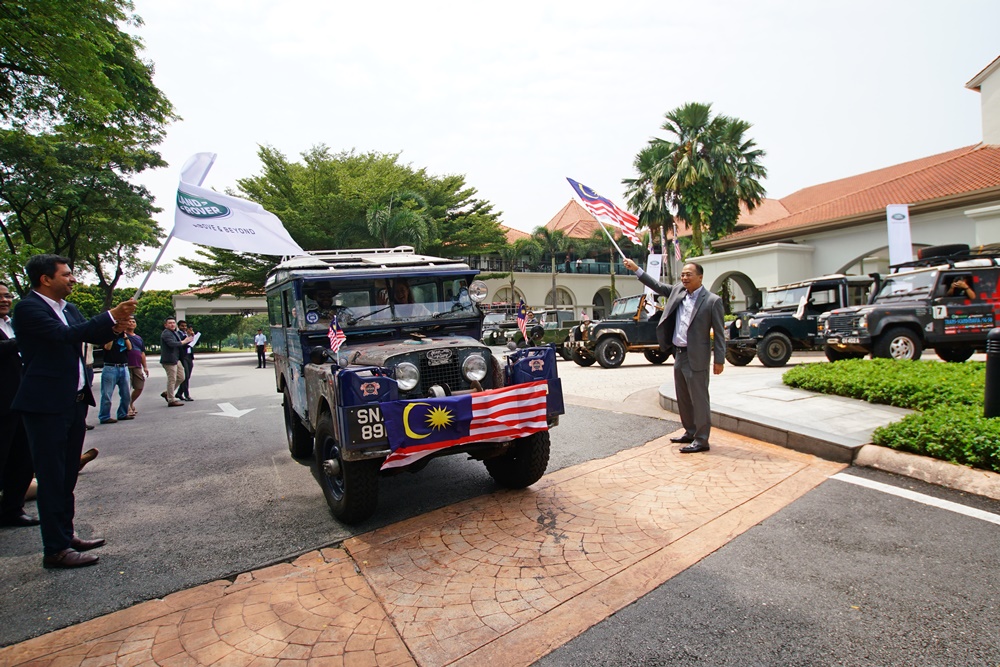
“This journey has definitely been an action-packed one, filled with many ups and downs, and I can’t believe how quickly the 18 months that went into planning this journey has brought us here, all in one piece so far! We’ve managed to drive this incredible 64-year-old car once more, to so many remote and fascinating parts of the world, through tropical monsoons, -20 degrees and at more than 5000 metres above sea level. Oxford has taken it all in stride. From Nagaland to Tibet, from Turkmenistan to Serbia, the welcome we’ve received has been unbelievable,” said 31-year-old award-winning filmmaker, Alex Bescoby, who had long wanted to do a documentary on the original expedition.
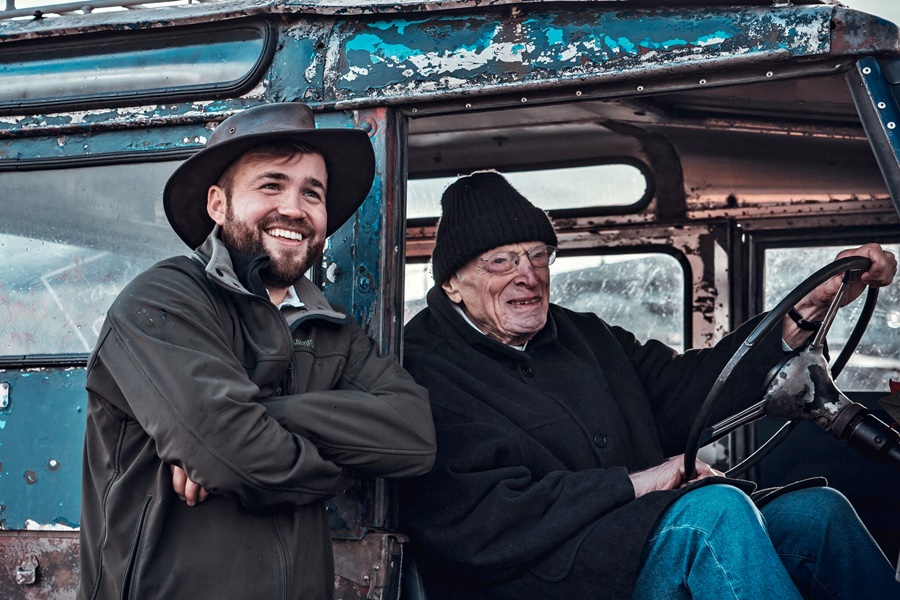
Bescoby not only got to do it in one of the original vehicles but also had Tim Slessor, now 87 years old, accompanying the expedition team. “As I get older, I have been bothered by a recurring and nagging whisper: ‘Go for it – before it’s too late.’ Which is why I am here today – I am 87, and if I don’t do it now, I may never get another chance. After all, as that whisper reminds me, ‘you’re only here once. If you like, it’s a case of ‘this Old Man helps take the Old Lady home,” Slessor said at an event held prior to the flag-off from Singapore.

The Last Overland expedition for the first Land Rover driven from London to Singapore (w/VIDEO)






